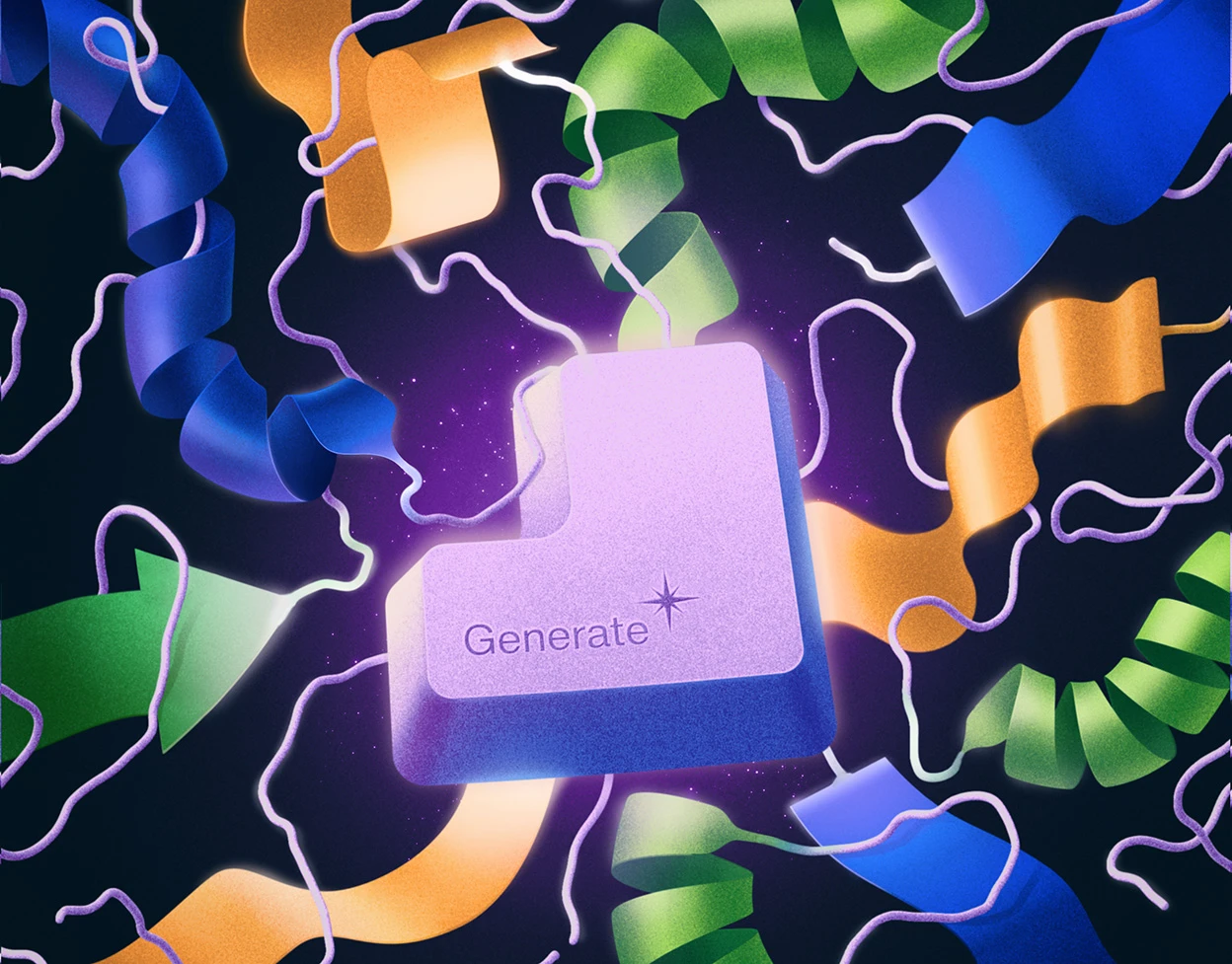by EWEN CALLAWAY

Emerging protein-design competitions aim to sift out the functional from the fantastical. But researchers hope that the real prize will be a revolution for the field.
On a Saturday morning in mid-August, Alex Naka embarked on what he describes as “a little hackathon” in his girlfriend’s kitchen. Powered by his laptop, some coffee and, at one point, about 80 cloud-based artificial intelligence (AI) processors, he generated scores of computer-engineered proteins designed to block a cell receptor that is mutated in some tumours.
Naka — who on weekdays is a protein engineer at a medical technology company in Alameda, California — entered his ten most promising creations into a newly launched protein-design competition and watched them climb to the top of the leader board.
The contest, run by a biotechnology start-up firm called Adaptyv Bio in Lausanne, Switzerland, is one of at least five to have popped up over the past year or so. Most of the people entering the competitions are wielding AI tools such as AlphaFold and chatbot-inspired ‘protein language models’ that have exploded both in popularity and in power. Three of the researchers behind some of these tools were awarded this year’s Nobel Prize in Chemistry for their efforts. The accolades come, in part, from the hope that newly created proteins could serve as more-effective drugs, industrial enzymes or laboratory reagents.
But the boom in designer proteins has mostly sown confusion, say scientists. People are churning them out faster than they can be made and tested in labs, making it hard to tell which approaches are truly effective.
Contests have driven key scientific advances in the past, particularly for the field of protein-structure prediction. This latest crop of competitions is drawing people from around the world into the related field of protein design by lowering the barrier to entry. It could also quicken the pace of validation and standards development and perhaps help to foster community. “It will push the field forward and test methods more quickly,” says Noelia Ferruz Capapey, a computational biologist at the Centre for Genomic Regulation in Barcelona, Spain.
But the competitions will have to overcome some hurdles, say scientists, such as identifying which problems to tackle and working out how to select winners objectively. Getting the formula right is important. “These competitions can do damage” to a field if they are not executed properly, says Burkhard Rost, a computational biologist at the Technical University of Munich in Germany.
Competitive by design
The protein-design contests are partly inspired by a 30-year-old competition that helped to kick off the revolution in biological AI. Since 1994, the Critical Assessment of Structure Prediction (CASP) has been challenging scientists to predict the 3D shape of proteins from their amino-acid sequences. Winners of the competition — founded by computational biologist John Moult at the University of Maryland in Rockville and Krzysztof Fidelis, a computational biologist at the University of California, Davis — are determined by comparing the computational predictions with unpublished structural models.
In 2018, London-based DeepMind (now Google DeepMind) won CASP with its first version of the protein-structure-prediction tool AlphaFold . Its next iteration, AlphaFold 2, performed so well in 2020 that Moult declared the problem of predicting simple protein structures largely solved. The competition has since shifted its focus to other emerging challenges, such as predicting the structure of multiple interacting proteins in a complex.
Now, many hope that these competitions can push the protein-design field forwards just as CASP helped to spur a revolution in protein-structure prediction. “There would have not been an AlphaFold had it not been for CASP,” says Rost. “We need these competitions to do the job right and motivate people.”
In June, Rost and several of his colleagues won the Protein Engineering Tournament run by Align to Innovate, an international, open-science non-profit organization. The event included two parts. First, participants tried to predict the properties of different enzyme variants. The best-performing teams in this round then re-engineered an enzyme that breaks down starch, with the best designs determined by lab experiments. A 2025 tournament is now in the works.
Nature for more
